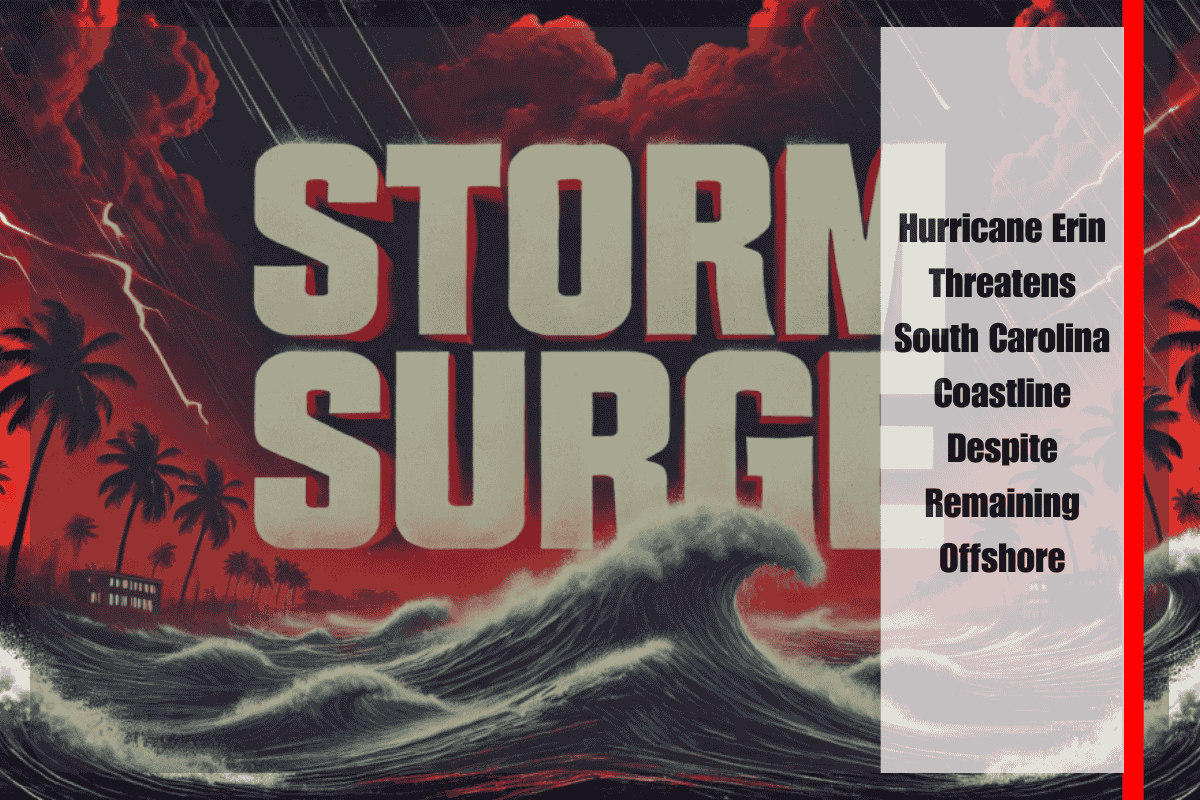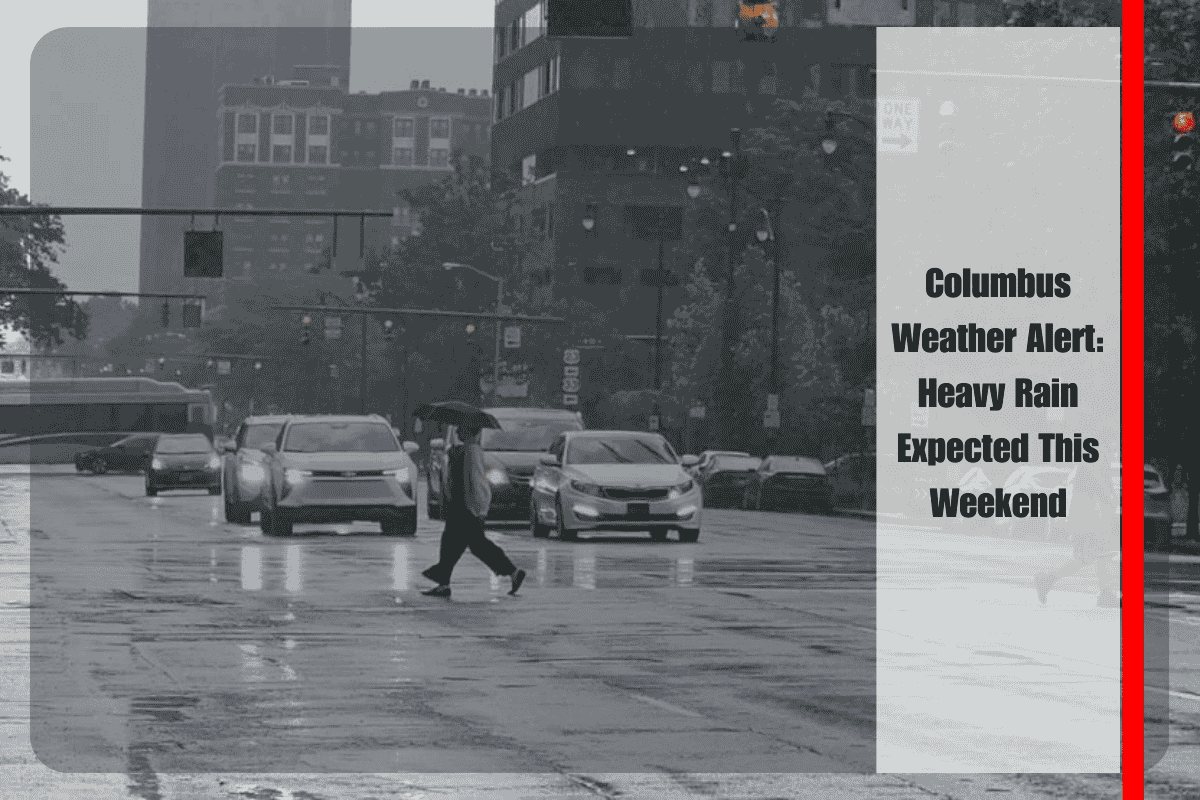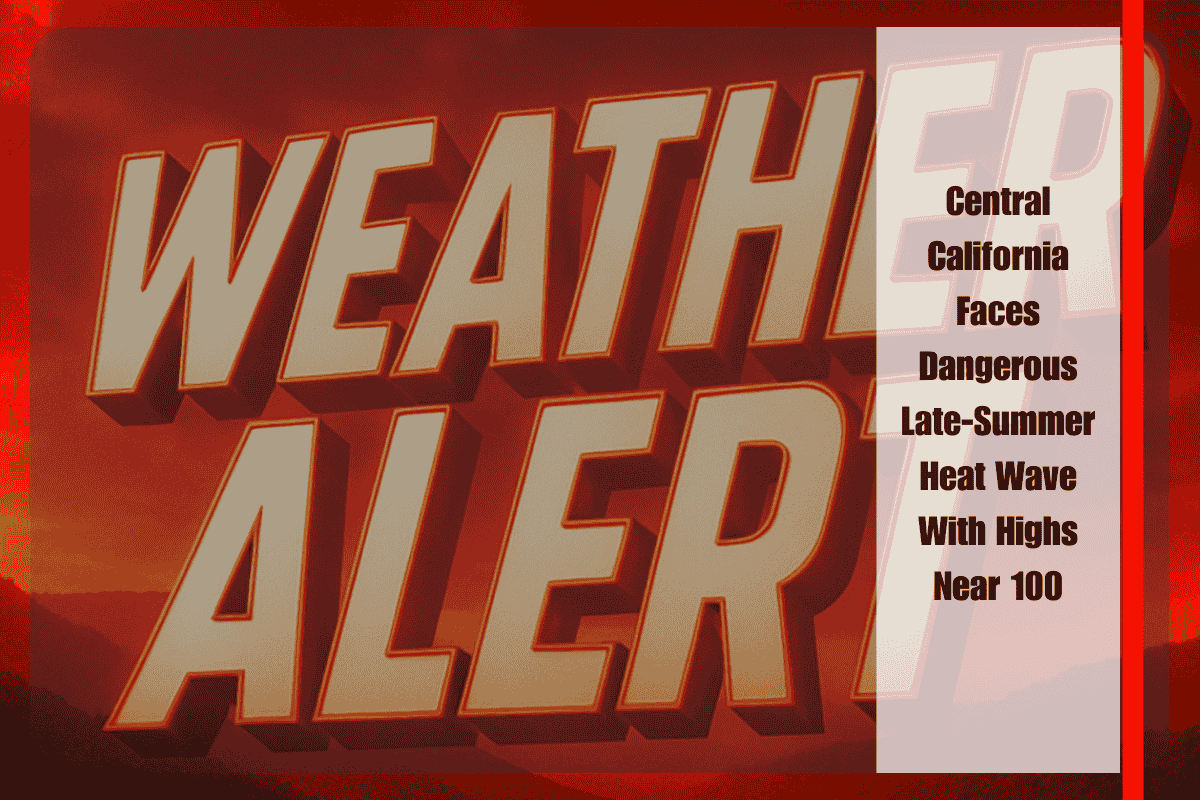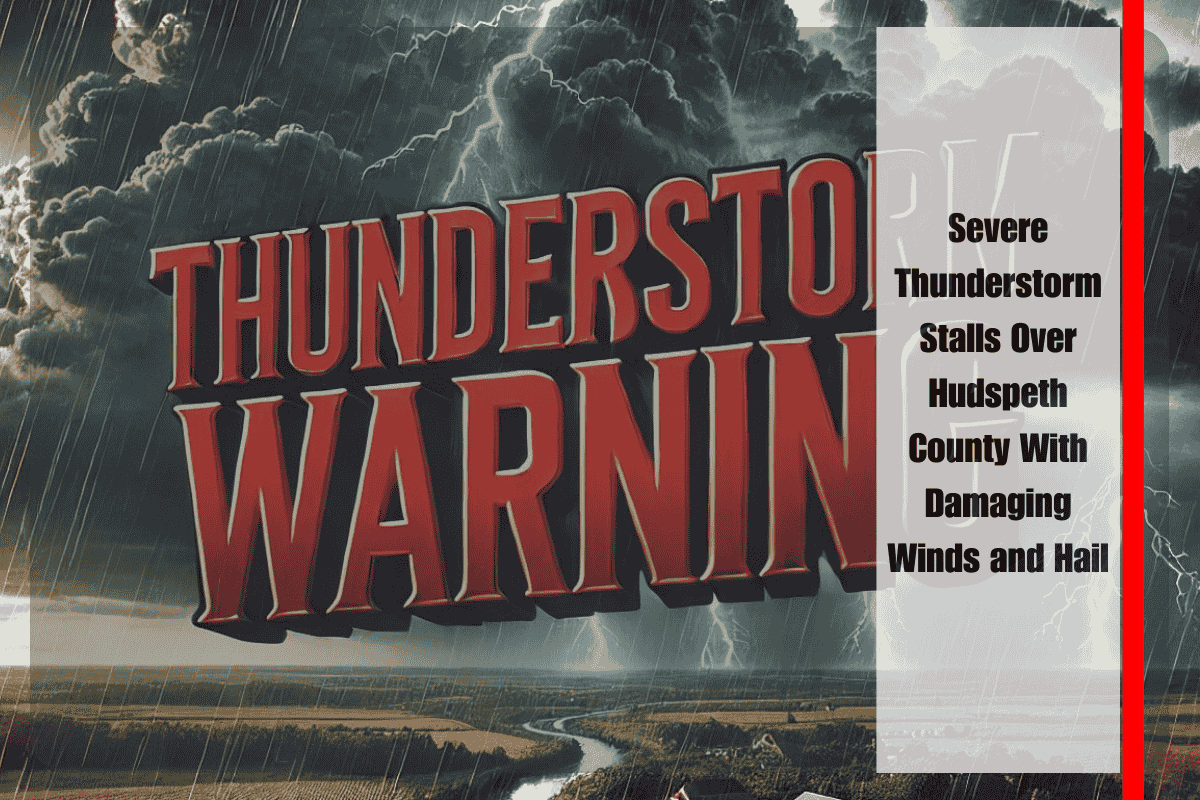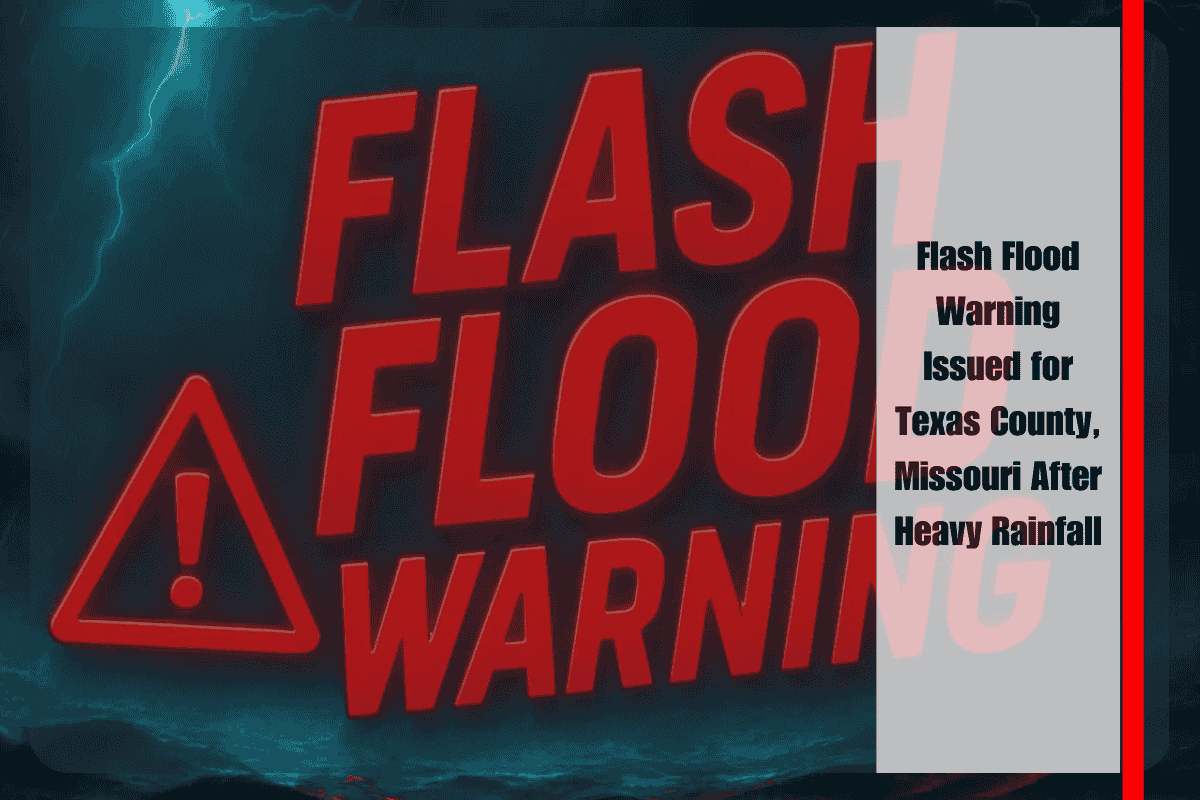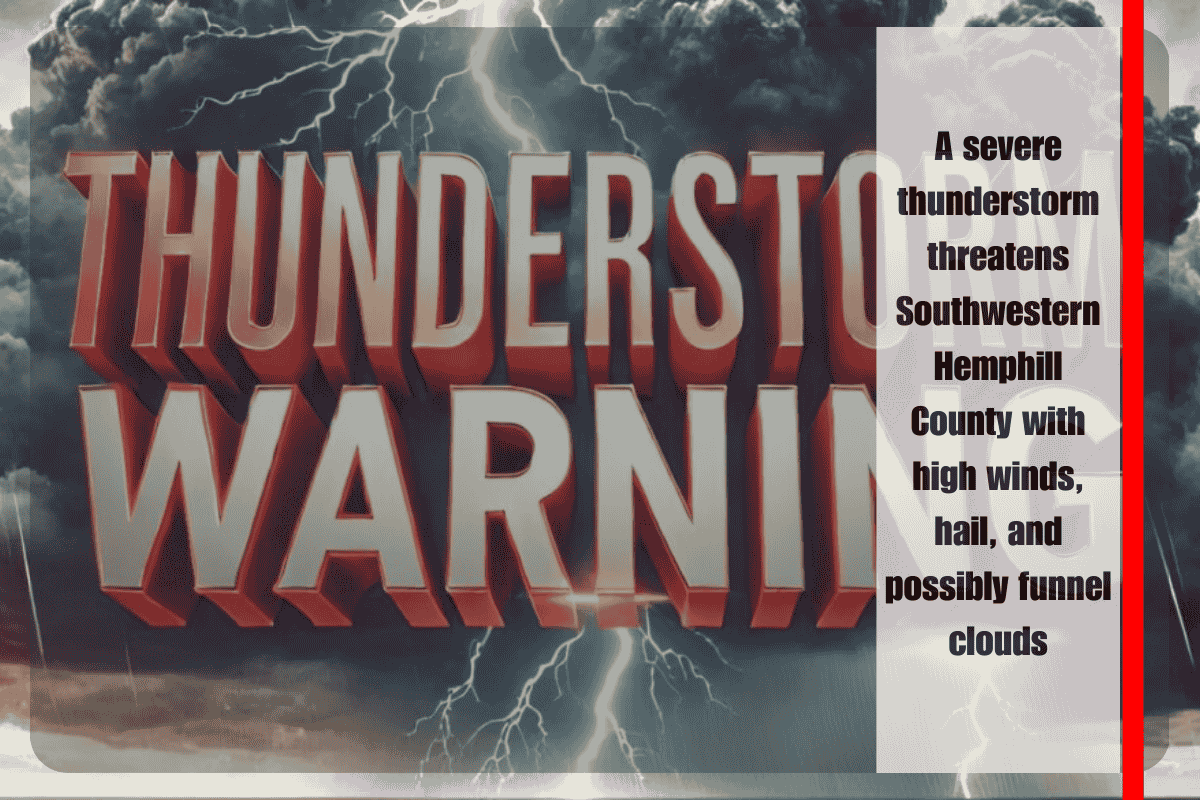As Hurricane Erin churns in the Atlantic, its powerful effects are already being felt along the South Carolina coast. Although the storm is not expected to make landfall, dangerous surf, flooding, and widespread disruptions are anticipated through midweek, prompting urgent warnings from state and local authorities.
Dangerous Surf and Coastal Flooding
Meteorologists warn that swells of up to 20 feet are expected to pound the coastline, stretching from Charleston to Myrtle Beach. The National Weather Service in Greenville-Spartanburg has issued alerts for “extreme coastal damage,” noting that storm surge and relentless wave action will likely destroy protective dune systems. Without these natural barriers, significant flooding of homes, businesses, and vital infrastructure is projected in multiple communities.
Particularly vulnerable areas include Pawleys Island, Edisto Beach, and Folly Beach—low-lying communities already prone to flooding during major storms. In these regions, beach access points, boardwalks, and nearby roadways could remain underwater for days, making travel and recovery efforts extremely difficult.
Closures and Safety Precautions
Beaches statewide will remain closed to swimmers, as the unstable surf and life-threatening rip currents create conditions too hazardous even for experienced swimmers. Local law enforcement and beach patrols are expected to maintain strict enforcement to keep the public away from dangerous waters.
Meanwhile, the South Carolina Department of Transportation is actively monitoring roadways near the Intracoastal Waterway and other flood-prone areas. Officials anticipate that several key routes may need to be shut down as floodwaters rise, cutting off access to certain coastal neighborhoods.
Impacts on Residents and Visitors
Authorities stress that residents and tourists alike must remain alert and comply with all safety guidance. For coastal homeowners, securing property is a priority—boarding up windows, moving vehicles to higher ground, and preparing for potential evacuations if necessary.
Visitors in beach towns are urged to avoid venturing near the ocean, even for sightseeing, as conditions could deteriorate rapidly. The combination of strong waves, shifting tides, and high storm surge could quickly trap or sweep individuals into dangerous waters.
A Serious Risk Without Landfall
Though Erin will not directly strike South Carolina, the storm underscores a vital truth: hurricanes pose significant risks far beyond their centers. The immense size of the system means its swells and surge extend hundreds of miles, creating destructive coastal conditions even without a direct hit.
Emergency officials continue to emphasize vigilance. Residents and visitors must heed warnings, follow closure notices, and prepare for prolonged disruptions as the storm system lingers offshore. With beaches battered, roads submerged, and protective dunes erased, the coming days will test the resilience of South Carolina’s coastal communities.
Hurricane Erin’s offshore path serves as a reminder that the impacts of powerful storms can extend well inland and far beyond a projected landfall zone. For South Carolina’s coast, the next several days will demand caution, preparation, and patience in the face of rising waters and dangerous surf.
